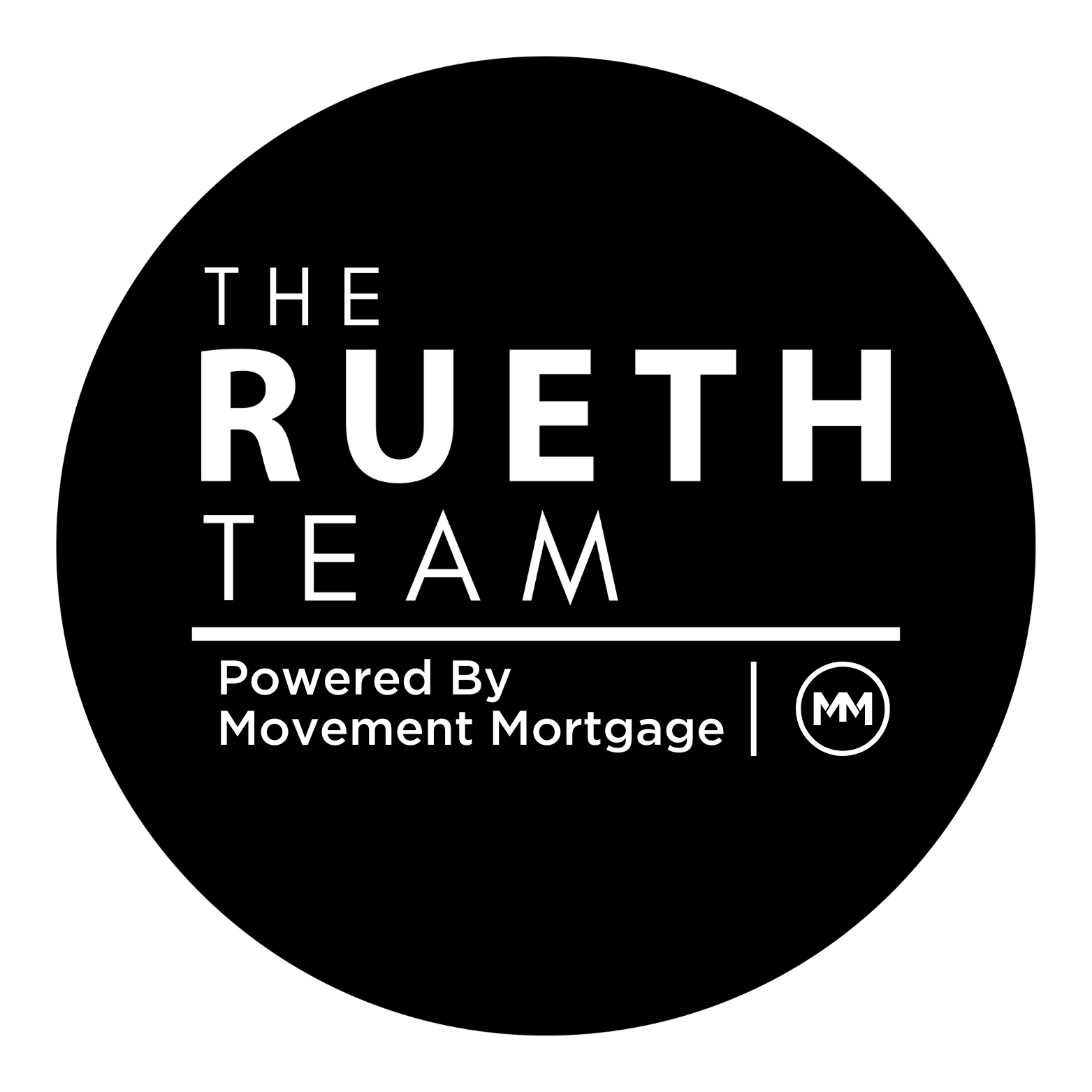Rates Dropped Before the Fed EXPLAINED If you're thinking about buying a home, you've probably…
Stocks Fell. Rates To Rise. Another Frenzy.
Economic News This Week
This week’s signs of economic strength were abundant. Not the economic revival we had in 2021; but strong none the less. The strength is giving the Federal Reserve permission to raise rates quickly. The benchmark 10-year Treasury yield finished the week above 2.94% again. Here’s what happened:
- May’s unemployment rate held steady at 3.6%, slightly above the long-time low reached a few months before the pandemic began.
- The economy is now just 822,000 jobs or 0.5% shy of the pre-pandemic high mark, showing full reemployment will be reached by August. (leisure and hospitality is the only lagging sector)
- There are still 11.4 million job openings available, on par with March’s record high and much higher than the 6 million unemployed people.
- Labor force participation rate increased .1% (up is good)
- GDP forecasts for 2nd quarter were released showing we are tracking at 3% growth from both BofA and Goldman, primarily driven by increased capex spending. This is after a 1.4% drop 1st quarter due to supply chains.
- Initial jobless claims popped up; however people are not staying unemployed. Continued claims dropped to it’s lowest level since 1969
- Economic activity in the manufacturing sector grew in May with the overall economy achieving a 24th consecutive month of growth. ISM Manufacturing Index reported stronger new orders, production, exports and prices. Labor continues to be the struggle
The Fed will be armed with this data when it meets June 14/15, which lines up with their recent expectations of a labor market able to withstand additional and bigger rate hikes. These bigger rate hikes are now critical to hit the Fed’s target of a neutral funds rate restoring price stability. Think of “neutral” as the rate at which the economy is running on its own with rates that are neither boosting nor restricting growth. This rate is thought to be 2.5%. Today the Fed Funds Rate is .75%.
What does this mean for homebuyers?
Week over week, nationwide inventory ticked up 8%. Locally the average daily active count increased 7%. A little more inventory with a little less demand gave buyers an extra day on market. Whew!
Expect steady to slightly higher mortgage rates ahead. Increased rates will continue to put pressure on demand as mortgage applications have reached levels not seen since 2018. Rising prices will start to cool the 2nd half of 2022 as buyer exhaustion and affordability cools the intense pressure on new listings giving active inventory an overdue lift.
First time homebuyers, down payment assistance and govie (VA, FHA) loan borrowers should be looking past the handle on the interest rate and more at monthly payment, locking in today’s home prices. If the Fed slows the economy to control inflation, lower rates ahead could spark demand giving our real estate market another frenzy in 2023.
Jumbo buyers should be taking advantage of lower than conventional rates as the 30-year fixed is still higher than it’s 165 average tie to the 10-year Treasury. (Today the 10-year stands at 2.94% with the Freddie Mac 30-year mortgage at 5.09%, a 2.15% spread.) Jumbo loans are more aligned with the treasury market and their rates, on average, are .5% lower than conventional rates.
ARMs are also on the rise at 9% of total mortgage applications, as buyers with an acceptance of their risk are seeing a benefit of ARM rates .5% to .75% lower than conventional
HELOC users be careful! Most home equity lines of credit (HELOC) are tied to the Prime Rate. Usually something like Prime + .5% or Prime + 1%. Prime is tied to the Fed Rate. The Fed Rate has gone up .75% since January, so has the Prime. Prime Rate today is 4%. If the Fed Rate goal is 2.5%, that means Prime will reach 5.75% pushing their minimum payments and costing HELOC users more in interest. Just a friendly caution.
Rates Going Into The Weekend
Rates took back a lot of the gifts given during the last 2-3 weeks, but still historically low. Remember, Freddie Mac includes a .8% discount.





